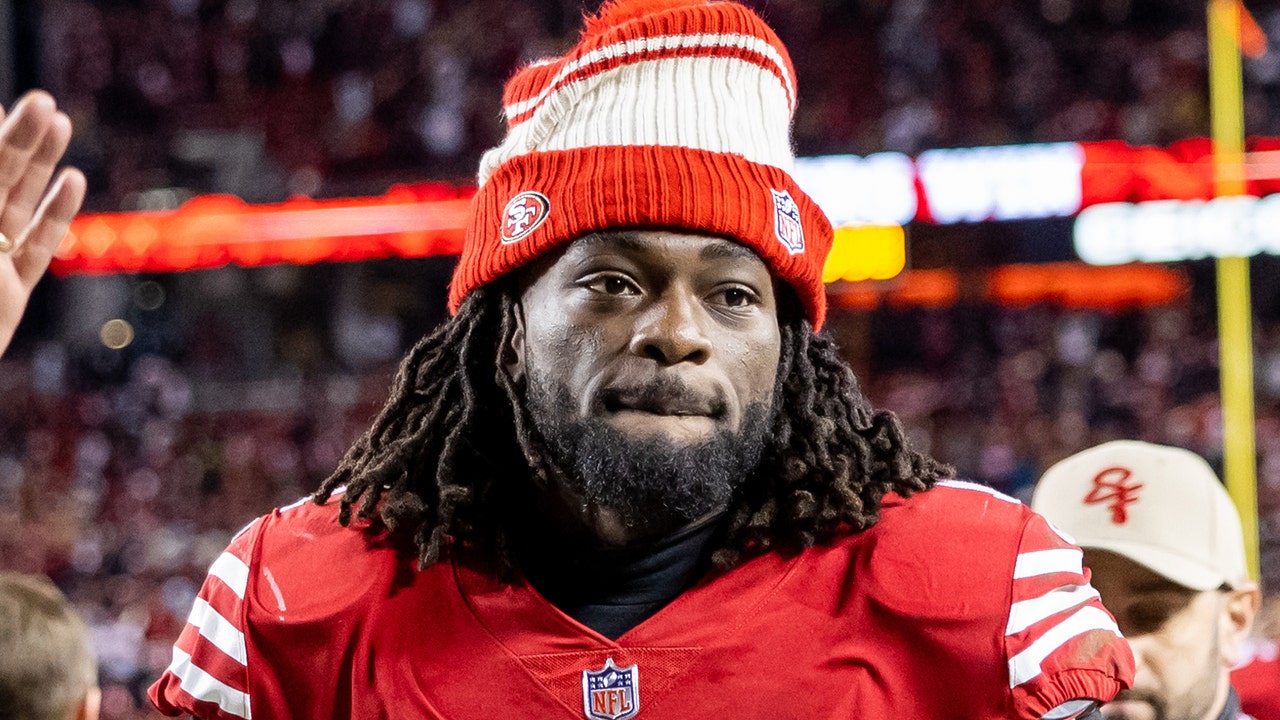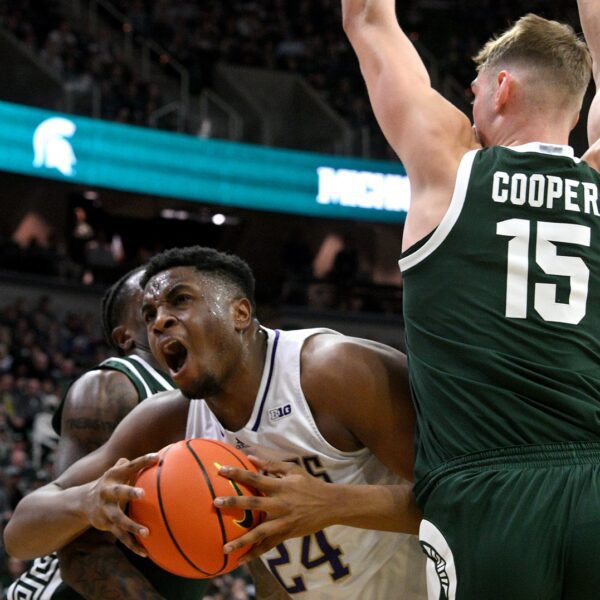Vice President Kamala Harris, left, and former President Donald Trump
Reuters
Consumers who cut their cable cord in recent years are finding that there’s one thing about linear TV they can’t escape: political ads.
With the U.S. presidential election less than 70 days away, campaigns are swarming streaming services like Roku and Hulu to such a degree that connected TVs are seeing more ad spending than internet platforms such as Facebook and Google.
That’s according to data provided to CNBC by political ad analytics firm AdImpact, which started tracking the connected TV (CTV) category in 2022. AdImpact projected that the CTV market brought in about $236 million in ad sales related to the presidential race this year through Aug. 23. The digital category brought in just under $235 million during the same time, AdImpact said, with Facebook and Google accounting for almost all of it.
“CTV is where there is more engagement,” said Jaime Vasil Winkelfoos, the group vice president of candidates and causes at ad tech firm Basis Technologies. “When voters say they are watching TV, they don’t’ say ‘I’m watching broadcast.”
That trend, Winkelfoos said, is “important for political campaigns when allocating budgets.”
Still, while more money is flowing to streaming services, the total amount is dwarfed by traditional broadcast television.
AdImpact currently projects that overall political ad spending for the 2024 election cycle will be as high as $10.7 billion. Broadcast will account for roughly half, followed by CTV at around 14% and digital at close to 12%. According to a report last week from eMarketer, CTV’s share of spending this election will surge to 13% from 2.7% in the last presidential cycle.
Broadcast brought in about $473 million from early January through Aug. 23. That’s down from $875 million during the same time period of 2020, underscoring CTV’s rapid rise.
Meanwhile, overall election-related spending on Facebook and Google has declined by more than half from 2020, when political ads on those two platforms hit $480 million from Jan. 1 through Aug. 23. The steep drop is mostly because that election featured a competitive Democratic primary with one particular candidate — Mike Bloomberg — spending an enormous amount of money on ads.
“That flowed to direct ads and it benefited Meta and Google specifically,” said Eric Haggstrom, vice president of business intelligence at Advertiser Perceptions.
Streaming services have not only become increasingly popular for consumers in the last few years, but they’ve also opened up new ad-based services. Netflix, for example, first introduced its ad-supported subscription plan in late 2022 as part of a wider effort to drive revenue amid slowing subscriber growth. Netflix doesn’t yet accept political ads.
Winkelfoos said there’s now more available advertising inventory available on CTV than ever, coinciding with the market’s growth. One nuance in the AdImpact data is that Google’s YouTube video service is in the digital category, while YouTube TV is part of CTV.

AdImpact noted that it provides estimates for the amount of political ad spending on CTV, because those platforms aren’t subject to the Federal Communications Commission’s rules that require traditional TV operators to report certain political ad information. Facebook and Google, like CTV platforms, aren’t subject to the FCC rules, but they disclose some political ad data.
A Meta spokesperson declined to comment, but pointed to remarks made by CFO Susan Li in February, when she said political advertising is “not really a material contributor to revenue growth for us.”
“Even during our last U.S. presidential election cycle in 2020, the government and politics vertical was not among our top 10 verticals either globally or in the U.S.,” Li said at the time.
For CTV users, especially in swing states, the ad blitz is about to hit hard. Robin Porter, the head of political for ad company LoopMe, said that 60% to 70% of spending typically comes after Labor Day, which is this coming Monday.
Prospective voters can expect to see a lot of ads for Vice President Kamala Harris. Earlier this month, the Democratic nominee announced plans to spend $370 million in a fall advertising rush. The campaign reserved $200 million worth of ad space across streaming platforms like Hulu, Roku and Pandora as part of its strategy to reach U.S. consumers.
“There is more upfront spend, especially in CTV, to secure the inventory upfront, even compared to 2022,” Porter said.
In her home state of Georgia, Porter said there’s been a big push by both presidential campaigns to secure post-Labor Day ad space on both CTV and linear broadcasting. With its 16 electoral votes, Georgia is viewed as a critical battleground in the race to secure the 270 electoral votes needed to win the election.
Winkelfoos said the Harris campaign’s announcement regarding its ad plans, which landed just days before this month’s Democratic National Convention, was huge for the industry.
“We haven’t had that big national moment related to big spending until Kamala,” said Winkelfoos.
WATCH: Mark Zuckerberg says White House ‘pressured’ Meta to ‘censor’ Covid-19 content.















